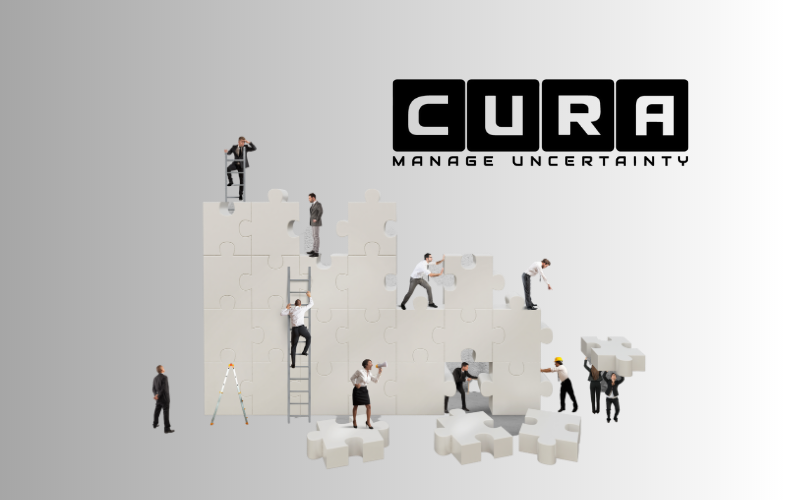Even without a crisis like the ongoing COVID-19 pandemic, running a business in South Africa’s harsh economic climate is challenging.
The ability to adapt to changes around labour, supply, legislation and a host of other operation-related variables is key to the survival and optimal performance of a company.
Last-minute adjustments without the appropriate planning or resources could come at a great cost, however.
This is why it is essential to identify and understand the risks to a business’s existence and operations as soon as possible, and integrate effective risk management across all parts of the business.
Implementing a centralised risk system in your company can help you achieve this, and allow you to solidify your governance, risk and compliance (GRC) framework.
Integrate across your operations
Risk management must be a key focus across all parts of a business, and managing risks and the controls of risks should be integral to business processes right from the start.
While business continuity management will allow you to deal with materialised threats and run damage control, preventing and mitigating risks could eliminate the need to use retrospective measures like business continuity insurance.
Establishing a risk-oriented culture across your workforce is another way to develop functional risk management procedures.
This can be done by assigning risk management roles and responsibilities to staff members.
An example of this is making an employee responsible for locking up the business premises and activating the alarm system, making them take responsibility for control against the risk of theft.
In times of crisis
Having a centralised risk system, however, is even more important for both large corporates and small to medium enterprises (SMEs) during times of crisis.
While COVID-19 is a major humanitarian and financial disaster, it does not mean the possibility of further disruptive events do not exist.
For example, the escalating trade war between the USA and China could put further strain on supply chains. If a complete trade ban was to take effect, factories in China could be left without supplies they need.
This means they won’t be able to produce components to meet the demand of the numerous companies they supply, even after import bans on Chinese goods are lifted.
Supplementing your risk management with scenario imagining is a helpful way to prepare for the possibility of these risks and the compounding effects of multiple negative events occurring simultaneously.
Software that simplifies risk management
Dedicated risk management software is one of the ways companies can tackle the risks listed above, and provides an easy way for companies to integrate and manage risk assessment and control across all facets of GRC.
As a leading provider of GRC and Risk-Based Audit software solutions, CURA Software Solutions is used by over 250 enterprise customers globally.
CURA’s products give you a comprehensive picture of risk across your organisation, which will improve decision-making and risk management.
Customers can use the software to perform the following tasks:
- Embed and integrate risk management in business processes.
- Communicate risks and risk treatments throughout the organisation.
- Link risk management directly to decision making.
- Monitor organisational and individual performance against goals and objectives.
- Create a risk-aware culture through the enforcement of accountability.
The CURA Enterprise GRC Platform also offers integrated reporting and dashboards, providing an end-to-end solution for GRC requirements.
This article was originally published on as partner content on BusinessTech and MyBroadband











